Office design has always been an important consideration for business leaders, yet in more recent times there is an increased acceptance of the fact that the physical workplace can have a significant impact on productivity, morale and even the physical and psychological well-being of employees.
For this reason, it is important to stay up-to-date with office design trends. Failure to do so can provide competitors with a significant advantage, and can be hugely detrimental to your own business performance.
Also read: Is A Well-Designed Office Space At The Heart Of Employee Engagement?
Many business owners recognise that their office is not currently producing the results they desire, and they seek to make changes that can transform the entire workplace. With this in mind, this article offers six examples of current office design trends that can help to transform your workplace for the better.
1. Biophilic Design
Biophilic design involves the introduction of natural elements into the workplace, and common examples of this include the provision of natural light, the addition of plant life, the use of water features and improvements to air circulation. However, biophilic design can also extend to using natural colour schemes, or artwork inspired by nature.
In addition to visually improving an office, biophilic design also has the potential to transform the way a workplace makes employees feel. Indeed, a recent Human Spaces Report from Interface found that the addition of biophilic elements led to 15 percent higher level of well-being and a six percent productivity boost.
2. Feature Storage
Storage items in the workplace were once seen as being purely functional, but that has changed significantly over the last few years. With feature storage items, it is possible to retain the key functional aspect, while also contributing to the overall design, style and aesthetic of the workplace itself.
From desks with built-in drawers, through to storage walls with hidden doors, commercial interior designers are increasingly using feature storage items to transform the entire feel of an office. The possibilities are almost endless, because the style and materials you opt for can either enhance or entirely change how a workplace looks.
3. Flexible Working
Open plan offices remain the dominant office layout choice, with 70 percent of employees working in open plan offices, according to Inc.com. However, the current trend is shifting away from pure open plan layouts, due in part to various studies that have demonstrated negatives associated with them, including distractions and stress.
Also read: 5 Benefits of Flexible Hours
With that being said, the reason for the popularity of open plan designs in the first place was to increase collaboration and this remains important. For this reason, most office fit out specialists and design companies do not advocate doing away with open plan areas entirely, as they can still have a key role to play.
Instead, many offices are being transformed into more flexible workplaces, with a combination of open plan areas and more secluded, private spaces. The key to this is to provide employees with a degree of flexibility in moving between these spaces, based on the task they are carrying out, their needs, their preferences and their mood.
4. Areas For Recharging
One of the more ‘out there’ office design trends that is being deployed in a large number of offices, including the offices of some of the top businesses in the world, involves dedicated spaces for employees to relax, unwind and even sleep, away from the more traditional social areas, like canteens and other breakout spaces.
“We actively don’t use tech in our breakout spaces. We consider our breakout areas as essential space for our members to get out from behind their screens and spend time face-to-face” says Gabriela Hersham, CEO of Huckletree. “We could bring tech into it, but sometimes the best way to encourage collaboration is to strip everything back and provide a comfortable space that’s visually inspiring, but also takes a backseat to the creative minds at work.”
The likes of Google and Zappos have taken this to the next level with the inclusion of sleep pods in their office buildings and while you do not necessarily need to go this far, there are demonstrable benefits associated with allowing employees to recharge properly, ranging from productivity benefits to improved happiness and well-being.
5. Unconventional Spaces
Another trend that is becoming increasingly prevalent within the field of office design is the use of unconventional spaces as work areas. To provide an example of this, Yodle, Inc. installed an ultra-wide staircase in their New York office. As well as linking floors together, this staircase is used as a collaborative space, allowing employees to sit on the steps, communicate, hold meetings, give presentations and generally work together.
Working with commercial interior designers to come up with genuinely creative, unconventional work areas can help to add character to an office design. Moreover, it has been suggested that providing the ability for employees to step away from their traditional workspace, into a more unusual setting, can help to improve creativity.
6. Informal Workspaces
Finally, 2018 is likely to see the continuation of a major shift away from formal work environments, towards more informal spaces, which more closely resemble what home looks like. With the modern reliance on portable devices, such as laptops, tablets and smartphones, this could even mean the absence of a desk or workstation.
“I think the move towards a more informal, homely workspace will continue and even branch into the traditionally corporate sectors of banking and law,” says Tim Polisano, a senior designer at Morgan Lovell.
This shift towards informal spaces can be restricted to a specific part of the office, or implemented across the board, depending on the nature of your business. Regardless, the provision of furniture more commonly associated with home – sofas, coffee tables, arm chairs and bean bag chairs – can completely transform your workplace, making it feel more relaxed, laid-back and inviting. This can keep current employees happy, while attracting new ones.
About the author
Reno Macri is a founder and director of Enigma Visual Solutions, a London based office space planners, offering office branding, office design services and office refurbishment and more. He enjoys sharing his thoughts on upcoming marketing ideas and design trends.
Image via Wikimedia Commons
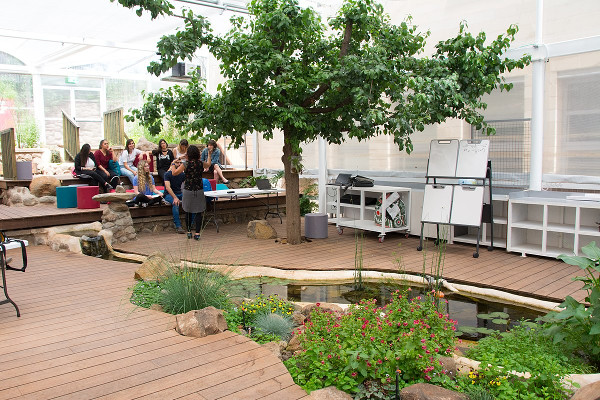
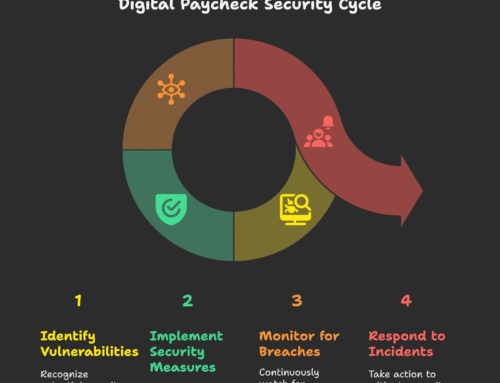
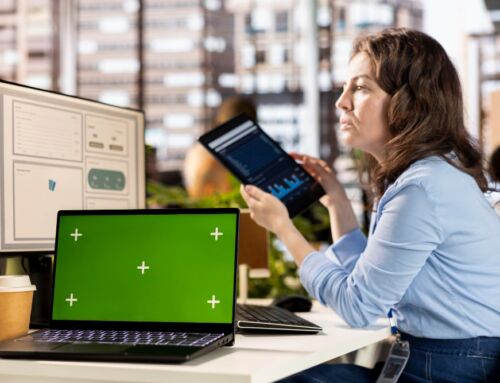
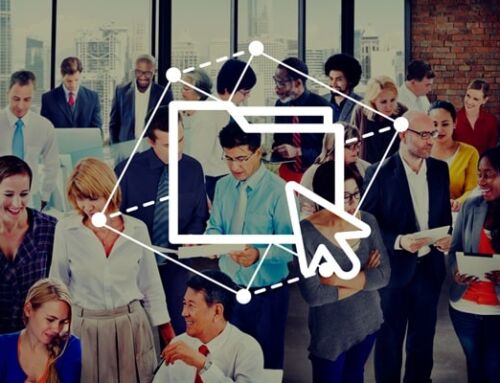
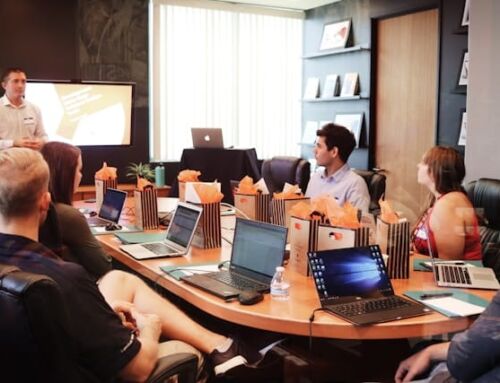

Leave A Comment